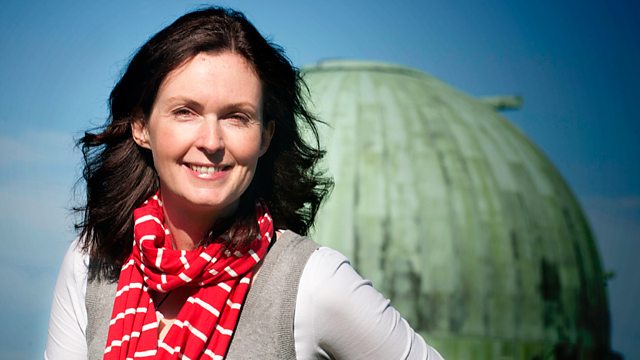Whales from space; Flood emails; SUYI JET Lasers; CERN's new tunnel; Discoveries exhibition
By manipulating satellite images, and looking at certain wavelengths of light, scientists can count Southern Right Whales on their breeding grounds off the coast of Argentina.
Whales from Space. Scientists have demonstrated how new satellite technology can be used to count whales, and ultimately estimate their population size. Using Very High Resolution (VHR) satellite imagery, alongside image processing software, they were able to automatically detect and count whales breeding in part of the Golfo Nuevo, Peninsula Valdes in Argentina.
The new method could revolutionise how whale population size is estimated. Marine mammals are extremely difficult to count on a large scale and traditional methods are costly, inaccurate and dangerous; several whales researchers have died in light aircraft accidents.
How long will the floods last? Is this a trend caused by climate change? Should I turn on the kitchen taps so that house is at least flooded with clean water? We put listeners' flood questions to experts from the Centre of Ecology and Hydrology and the British Geological Survey.
The instrument we're shown this week is from JET (Joint European Torus) in Culham,. It's the world's largest 'tokamak' - a type of nuclear fusion reactor. The hope is that in a few decades it could be supplying much of the world's electricity. It works by fusing nuclei of hydrogen together to produce helium and a lot of excess energy. It's the power source of the Universe, as all stars run on fusion energy. But on Earth we have to go to much more extreme conditions to achieve it. Upwards of 100 million degrees Celsius, which is around ten times hotter than the Sun. Joanne Flannagan, shows us her lasers which measure the hot fusion plasma inside JET.
CERN wants a new tunnel. The 27km long, Large Hadron Collider in Geneva found evidence of the Higgs boson recently. But if we want to know more about this elusive particle and others that make up our universe, the physicists say they're going to have to go bigger. With a 100km long tunnel, in fact. Talks are afoot as to where and how they will build it. But Lucie asks reporter Roland Pease whether it'll be worth it?
The current Discoveries exhibition at Two Temple Place, on the banks of the Thames, brings together treasures from eight University of Cambridge museums, in a beautiful period building, built by Waldorf Astor. The show combines objects from science and arts collections to explore the theme of 'Discoveries'. Curator Professor Nick Thomas gives Lucie Green a tour.
Producer: Fiona Roberts.
Last on
Clip
-
![]()
Joanne Flannagan and her lasers
Duration: 03:46
Broadcasts
- Thu 13 Feb 2014 16:30成人论坛 Radio 4
- Thu 13 Feb 2014 21:00成人论坛 Radio 4
Explore further with The Open University
成人论坛 Inside Science is produced in partnership with The Open University.
Podcast
-
![]()
成人论坛 Inside Science
A weekly programme looking at the science that's changing our world.



